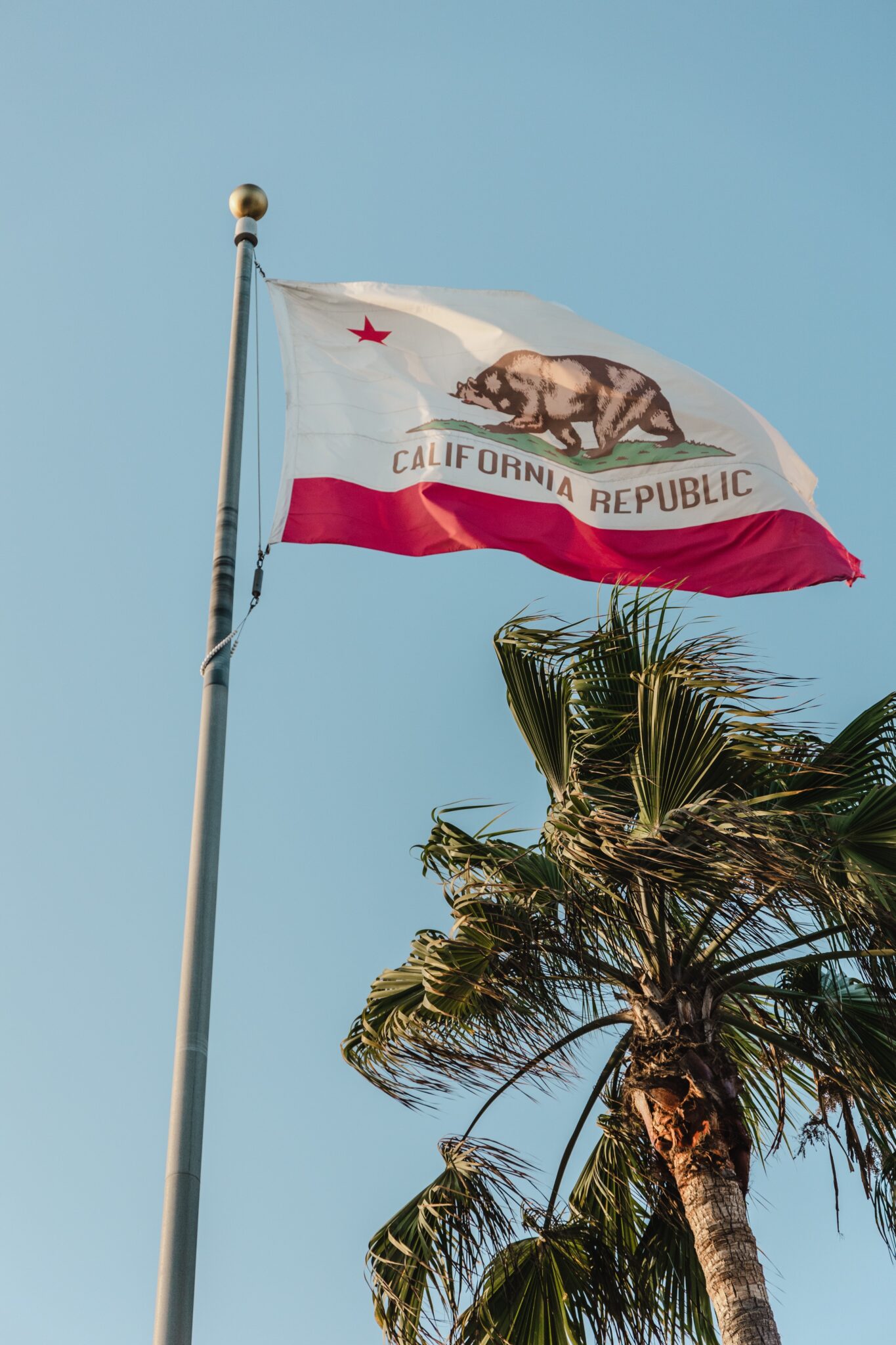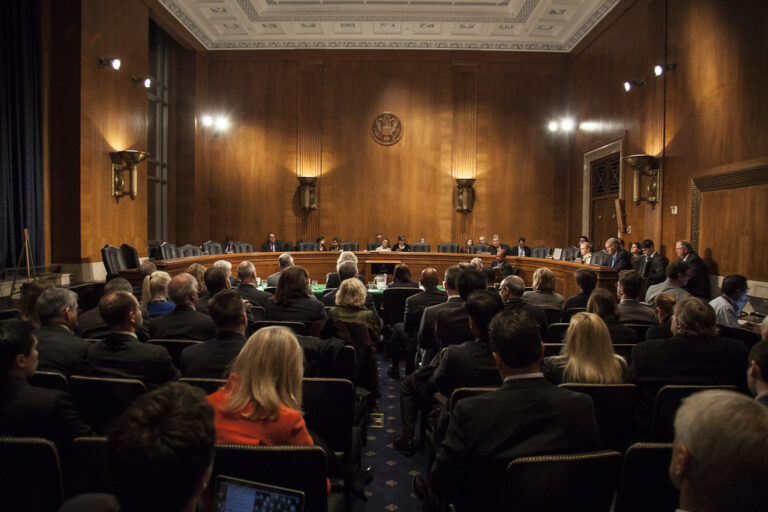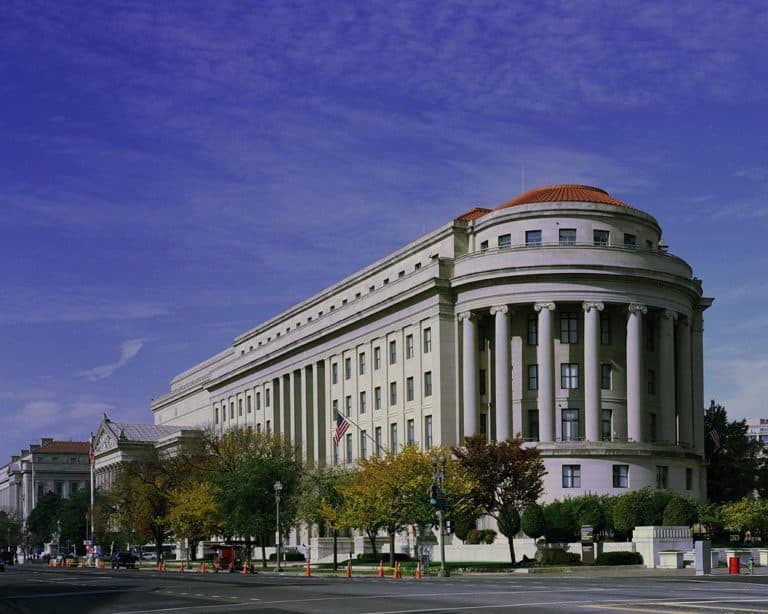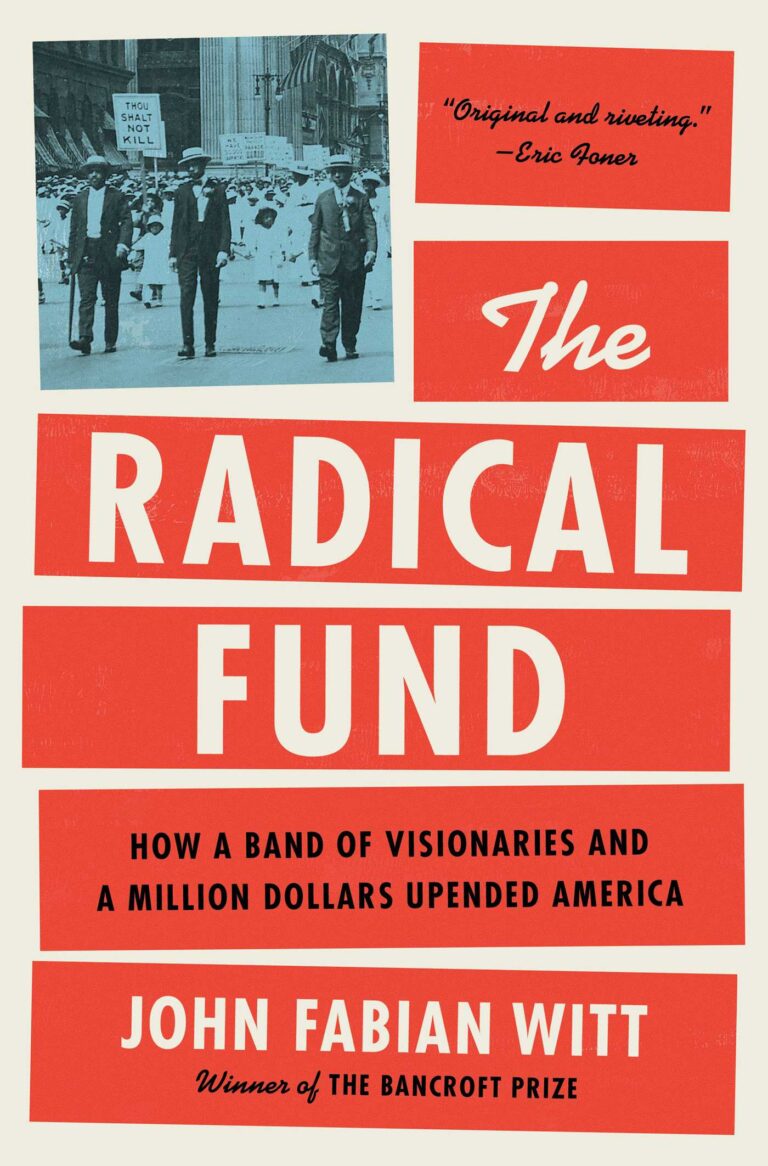
Gwen Byrne is a student at Harvard Law School and a member of the Labor and Employment Lab.
The Background for PAGA: California’s Problem of Enforcing Labor Violations
California laws offer some of the most robust employment rights in the nation. Workers are entitled to sick time, a high minimum wage that extends to agricultural and tipped workers, and twelve weeks of bonding leave. Yet the breadth and promise of these laws is complicated by a challenging question – who will enforce them? This exact issue animated extensive debate in the California state legislature during the early 2000s. At the time, California had seen a 48 percent increase in the number of workers from 1980 and 2000. The agency responsible for protecting them, however, couldn’t keep up. Four hundred sixty employees were tasked with protecting 17 million workers. This lack of regulatory oversight led to concrete consequences; California was losing between 3 to 6 billion dollars annually because of businesses operating in the “underground economy” that evaded taxes and licensure requirements.
Hoping to harness the untapped potential of private citizens to close this gap in manpower, California enacted the Private Attorney General’s Act (PAGA) in 2004. PAGA delegates the state’s authority to individual workers and enables them to pursue civil penalties for California Labor Code violations through private suits. The basic procedure goes like this: an employee improperly denied overtime pay files a claim with the Labor Workforce and Development Agency (LWDA). The LWDA then decides whether to pursue the case; if not, they grant the employee authority to sue their employer. PAGA lawsuits involve two parts: (1) an “individual claim” seeking to recover the plaintiff-employee’s lost wages and (2) a “representative claim” seeking to recover coworkers’ lost wages. The plaintiff can also pursue civil penalties, at a rate of $100 per aggrieved employee per pay period. If the plaintiff prevails, they retain twenty-five percent of the civil penalty award, and the remaining seventy-five percent is directed to the LWDA.
PAGA Goes to Court
As written, PAGA’s only standing requirement is that the plaintiff be an “aggrieved employee,” meaning they were (1) employed by the alleged violator employer; and (2) suffered at least one Labor Code violation during their employment. Two factors swiftly threatened PAGA’s effectiveness. First, the widespread inclusion of arbitration clauses in employment contracts raised the question of whether PAGA claims could also be forced into arbitration under the Federal Arbitration Act (FAA). Second, the Supreme Court’s approval of class-action waivers in Concepcion v. United States implied that waivers of representative PAGA claims might also be enforceable.
In Iskanian v. CLS Transportation Los Angeles, the California Supreme Court answered both questions in the negative. The court found that employment contracts cannot waive an employee’s right to bring a PAGA action. For one, permitting waivers is contrary to public policy because it diminishes PAGA’s deterrent effect. Further, at the time an employee signs their employment contract, they are not yet an “aggrieved employee” and do not have standing under PAGA. Waivers thus force employees to forego a right not yet available. In his opinion for the court, Justice Liu further reasoned that the FAA was intended to regulate suits between private parties, not cases where “the state is the real party in interest.” Since PAGA transforms each plaintiff into a private attorney general, the right to sue cannot be contracted away through employment contracts. The court also rejected applying the arbitration agreements solely to the plaintiff’s individual claim. Justice Liu explained that because individual and representative claims are inextricably intertwined, they cannot be separated into arbitrable and non-arbitrable actions. PAGA suits are therefore immune to arbitration and FAA preemption. Future cases understood Iskanian to (1)effectively bar waivers of representative PAGA actions in arbitration clauses and (2) prohibit courts from bifurcating a PAGA case into individual and non-individual claims.
Last year, in Viking River Cruises v. Moriana the Supreme Court partly closed the door that Iskanian left open. Viking River held that the FAA requires, at minimum, arbitration of a plaintiff’s individual PAGA claims and overruled Iskanian’s ban on bifurcating PAGA motions. The Court wrote that anti-splitting rules “circumscribe the freedom of parties to determine the issues subject to arbitration and does so in a way that violates the fundamental principle that arbitration is a matter of consent.” Setting aside questions of whether arbitration is truly a matter of consent, Viking River unequivocally commands that courts apply and enforce arbitration agreements for individual PAGA claims. In dicta, the Court noted without an individual claim, a plaintiff would likely lose standing for representative claims as well. Such a finding would decimate PAGA and subject thousands of PAGA claims to arbitration each year. Importantly, however, the Court’s commentary on this matter was not binding on California. Justice Sotomayor’s concurrence noted that “[I]f this Court’s understanding of state law is wrong, California courts… will have the last word.”
Saving PAGA
The California Supreme Court recently accepted Justice Sotomayor’s invitation in Adolph v. Uber Technologies and held that plaintiffs retain representative PAGA standing even when they are compelled to arbitrate the individual claim. Justice Liu reasoned that PAGA had never been interpreted as making individual and representative standing contingent on one another. For instance, a plaintiff that settled their individual claims could still bring a representative suit. Standing is premised on the plaintiff suffering a labor violation and becoming an aggrieved employee. Achieving redress for that violation is immaterial. In other words – once an aggrieved employee, always an aggrieved employee. Adolph also rejected Uber’s contention that compelling arbitration strips a plaintiff of standing because it makes it impossible for them to fulfill PAGA’s requirement that the action be on “behalf of himself or herself.” Splitting the claims does not create two separate actions, it allows one action to run parallel in two fora.
Adolph settles the standing issues that remained post-Viking River but leaves some of the mechanics unclear. Adolph suggested that the trial court “may” exercise its discretion to stay the non-individual claims pending the outcome of the individual’s arbitration. Since an arbitrator’s determination of whether an employee has been aggrieved is binding on the court, stays will likely become more common as judges will seek to avoid proceeding with representative claims that could be rendered moot at any point. Plaintiffs may also struggle to finance both an arbitration and a trial, decreasing the number of overall actions. Finally, some studies have found that employees lose more frequently in arbitration, which could cause the overall success of PAGA suits to decline.
The landscape that Adolph and Viking River create is less simplistic than what the California legislature originally intended. Still, PAGA remains to be a powerful tool for the state and workers to hold their employers accountable. Increasing the number of tools available for enforcing worker rights is especially important given the decline in federal wage and hour investigations. States looking to model laws after PAGA should ensure that the standing provision explicitly allows representative claims to be separated from individual ones to avoid the eviscerating effect of Viking River. With careful drafting and an improved understanding of how arbitration agreements will impact the results, Adolph gives states a path forward for crafting their own PAGAs.










Daily News & Commentary
Start your day with our roundup of the latest labor developments. See all
November 20
Law professors file brief in Slaughter; New York appeals court hears arguments about blog post firing; Senate committee delays consideration of NLRB nominee.
November 19
A federal judge blocks the Trump administration’s efforts to cancel the collective bargaining rights of workers at the U.S. Agency for Global Media; Representative Jared Golden secures 218 signatures for a bill that would repeal a Trump administration executive order stripping federal workers of their collective bargaining rights; and Dallas residents sue the City of Dallas in hopes of declaring hundreds of ordinances that ban bias against LGBTQ+ individuals void.
November 18
A federal judge pressed DOJ lawyers to define “illegal” DEI programs; Peco Foods prevails in ERISA challenge over 401(k) forfeitures; D.C. court restores collective bargaining rights for Voice of America workers; Rep. Jared Golden secures House vote on restoring federal workers' union rights.
November 17
Justices receive petition to resolve FLSA circuit split, vaccine religious discrimination plaintiffs lose ground, and NJ sues Amazon over misclassification.
November 16
Boeing workers in St. Louis end a 102-day strike, unionized Starbucks baristas launch a new strike, and Illinois seeks to expand protections for immigrant workers
November 14
DOT rule involving immigrant truck drivers temporarily stayed; Unions challenge Loyalty Question; Casino dealers lose request for TRO to continue picketing